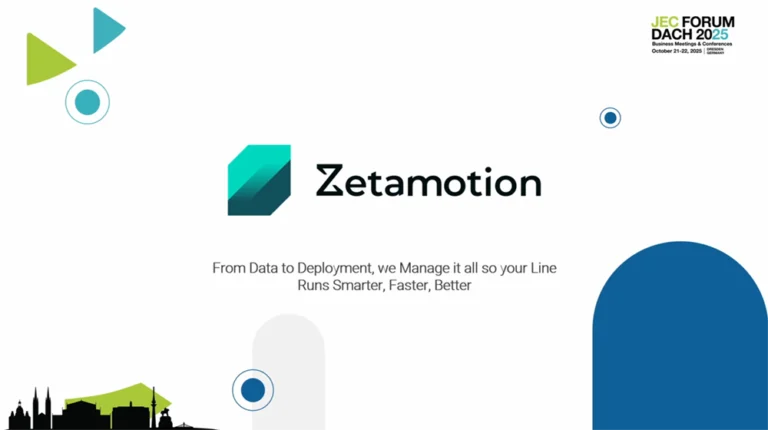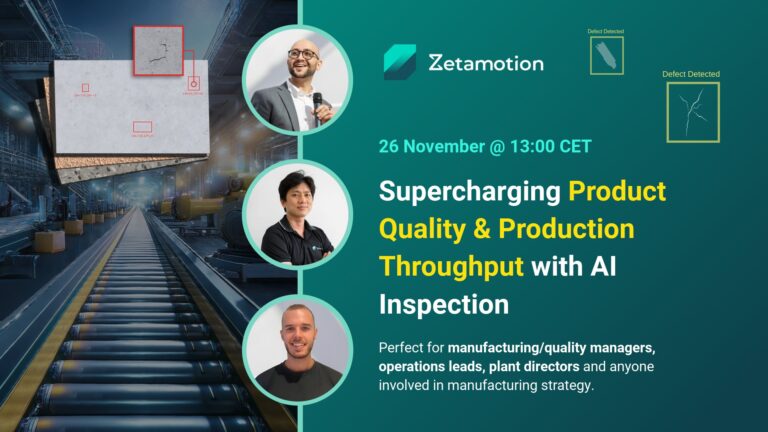The Challenge
Aviation Glass (AG) produces high-tech glass for aircraft interiors where an invisible scratch today could become tomorrow’s safety hazard. They needed to:
- Accelerate inspection without compromising quality
- Reduce manual-inspection labour costs
- Turn raw defect data into actionable process improvements, and
- Capture a full digital record of every panel
Why Spectron™
By deploying Zetamotion’s Spectron™ platform, AG moved from batch-based manual checks to in-line, AI-powered inspection. Spectron now scans each panel in seconds, not 20+ minutes , while its human-in-the-loop workflow lets engineers override, comment, and feed corrections back into the model for continuous learning.
Results at a Glance
| KPI | Performance | Impact |
|---|---|---|
| Inspection cycle time | 20 + min → Seconds | -99 % |
| Annual hours spent inspecting | 1 200 + hrs saved | Labour re-allocated |
| Product variants covered | 46 variants | Seamless scalability |
| Yield improvement | + 5 % | Higher throughput |
| Detection accuracy | 99.99 % | Fewer false rejects |
Visual Insights
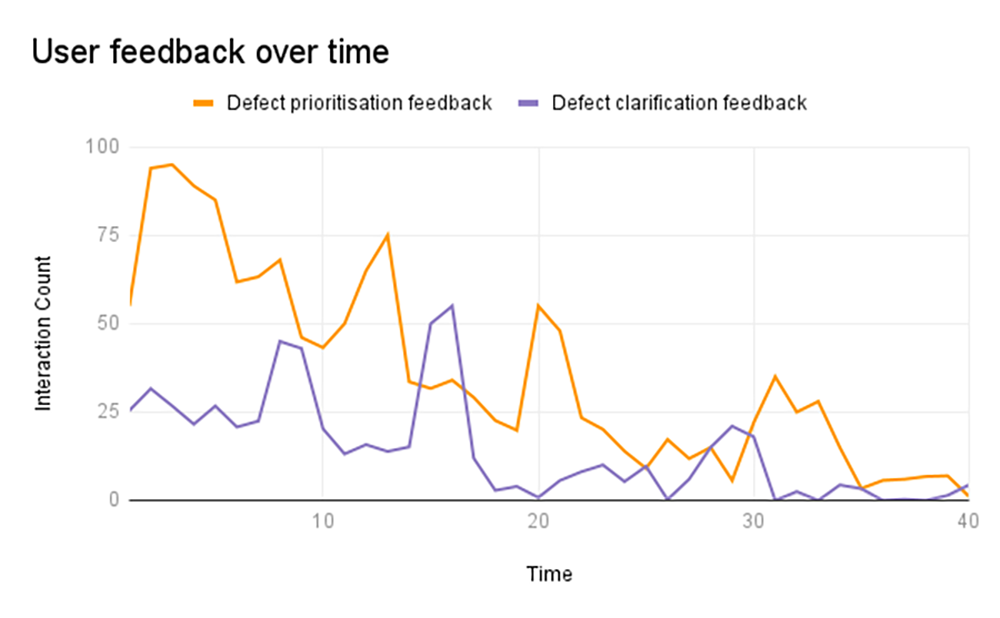
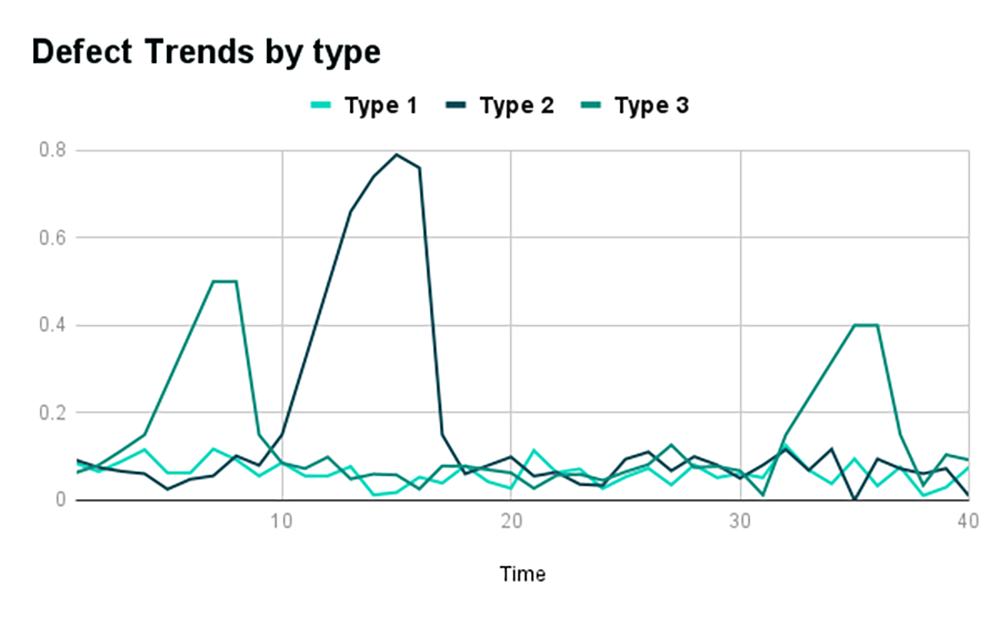
What the data says
- Type 2 defects dominate—63.5 % of all findings—pinpointing where engineers must focus root-cause analysis.
- Early human feedback sessions were intense but tapered off as Spectron’s accuracy climbed, showing successful knowledge capture.
- A mid-run spike in Type 2 anomalies prompted a quick camera-resolution upgrade that restored stability in < 24 hours .
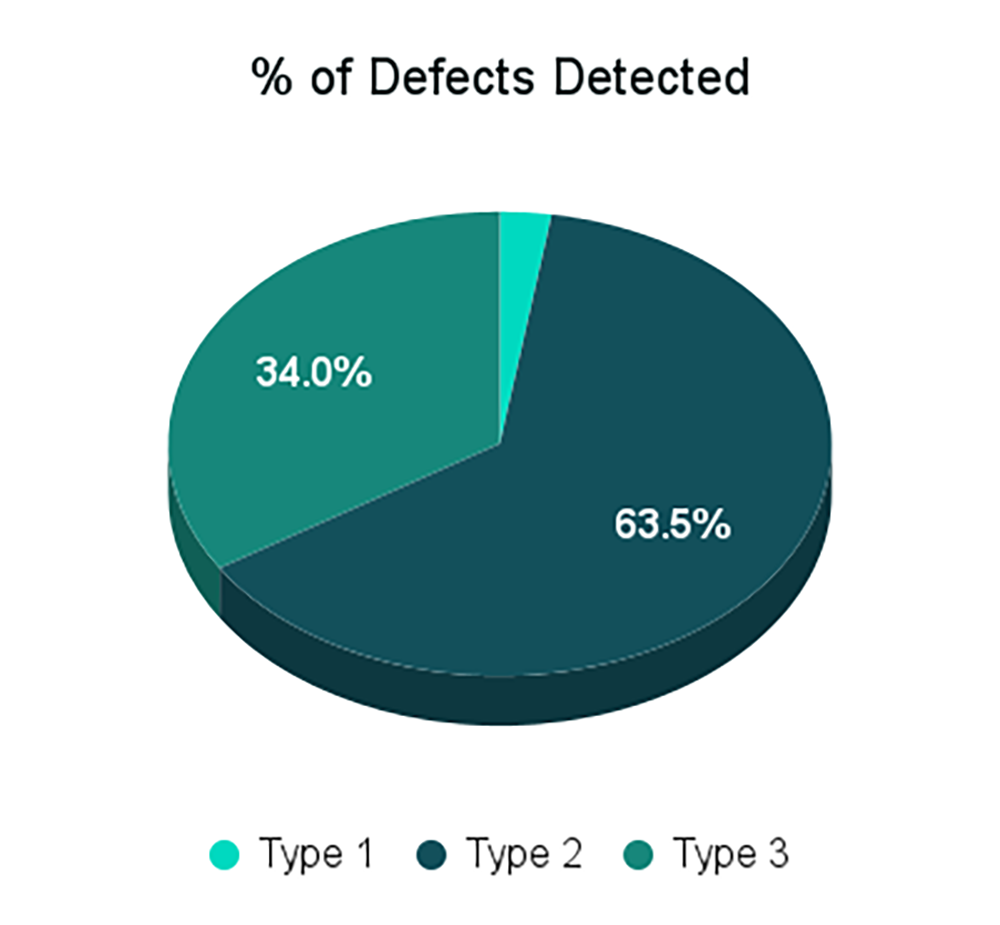
Lessons Learned
- Agree on defect taxonomy first. Aligning on what “good” looks like reduced supply-chain friction
- Pair AI with human expertise. Spectron’s feedback loop kept rare but critical defect phenotypes in view
- Design for adaptability. A one-day camera upgrade proved the platform’s flexibility to evolving specs
Ready to Raise Your Own Quality Bar?
- Explore the Spectron™ platform
- Complimentary feasibility check for your line


